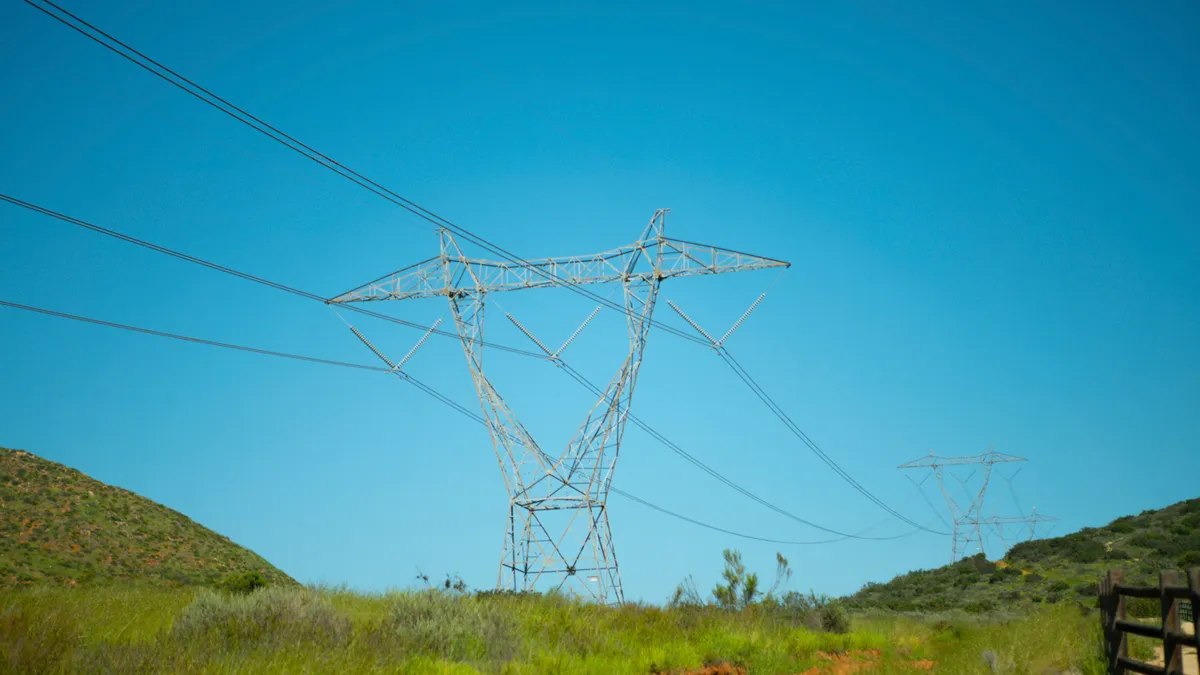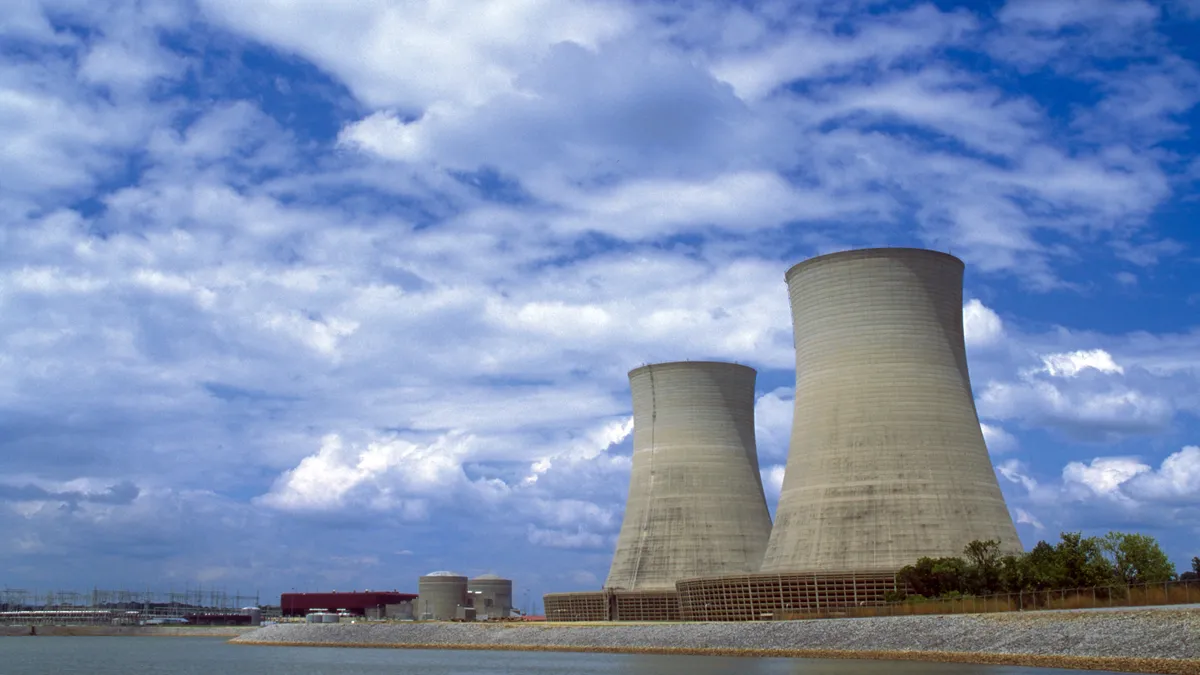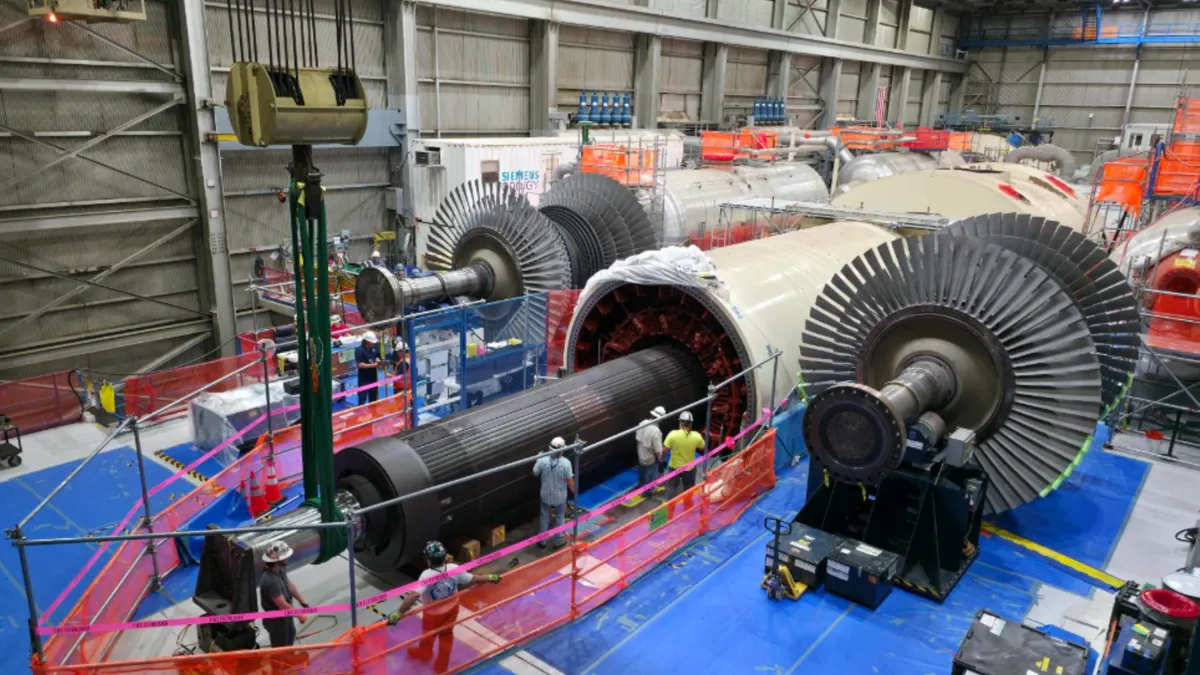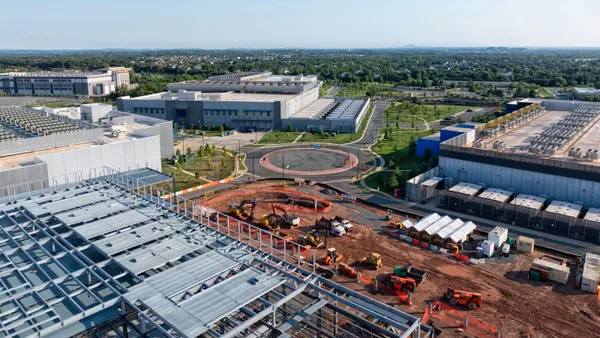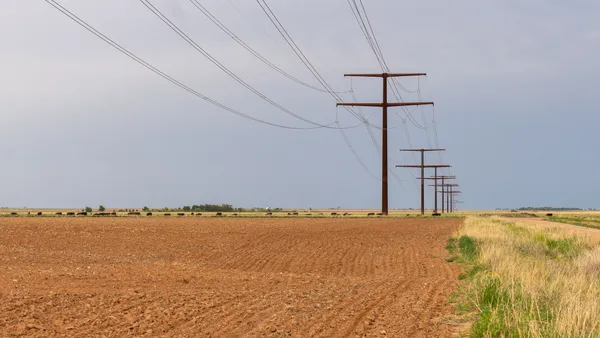The California Public Utilities Commission on Thursday streamlined its transmission permitting requirements as part of a broader effort to meet the state's clean energy goals.
Among the changes, the PUC now requires project developers to meet with commission staff before filing a permit application to help the review process run more smoothly, according to the agency.
The revised rules also give transmission developers a chance to submit a draft version of California Environmental Quality Act documents instead of an environmental assessment to help speed permit reviews, according to a proposed decision approved by the commission on Thursday.
Also, the PUC will assume a project is needed if the California Independent System Operator has already determined that it is needed, a change that will avoid duplicative analysis, according to the commission.
The decision adopts a pilot to study ways to streamline the PUC’s environmental review process.
“These changes will accelerate permitting timelines by reducing redundancy and shifting environmental analysis earlier in the application process,” PUC Commissioner Karen Douglas, who led the proceeding, said in a press release.
The revised permitting rules will help the PUC address the scale of grid upgrades that will be needed to maintain a reliable grid and meet California’s climate goals, Douglas said.
California will need about $46 billion to $63 billion in new transmission over the next 20 years, according to a “transmission outlook” report CAISO released July 31. The investments include up to $12 billion for upgrades to its system, up to $15.2 billion for transmission to import wind from other states and up to $37 billion for offshore wind.
California law requires that all the state’s electricity comes from renewable energy and zero-carbon sources by 2045.
The PUC’s decision completes a two-phase process to implement SB 529, a bill signed into law in 2022 that required reforms to the permitting, approval and construction processes for transmission projects.



